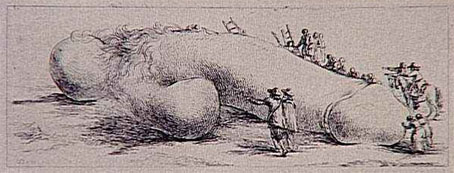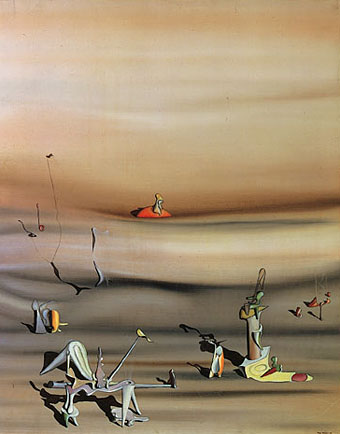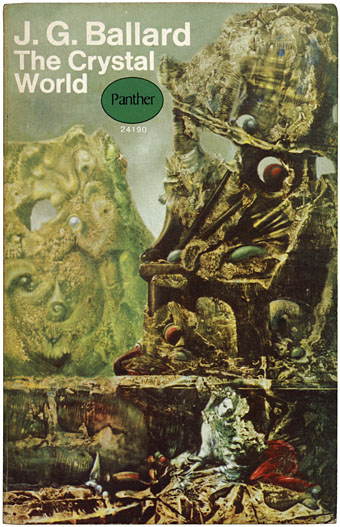Le Phallus phénoménal (1793–1794).
This blurred and discoloured picture arrives following a discussion with Paul Rumsey in the comments for an earlier post about engravings of monstrous whales. The pictures there were by engraver Hieronymus Cock whose surname gives us an additional resonance when discussing Moby Dick and sperm whales. The picture I posted of Jan Saenredam’s stranded whale showed the dead creature’s considerable penis (another engraving does the same) which led Paul to alert me to Dominique Vivant’s mischievous play on these pictures, where the artist exchanges the whale for a Brobdingnagian phallus. Or perhaps it’s merely a Gulliverian phallus and those people are Lilliputians… Whatever the case, I then mentioned to Paul JG Ballard’s story ‘The Drowned Giant’ from Ballard’s Terminal Beach collection which concerns the body of an enormous human found washed on a beach and subject to similar scrutiny by townspeople as in the stranded whale pictures. The body is eventually dissected and sold off. Paul reminded me of the end of the piece where Ballard writes:
As for the immense pizzle, this ends its days in the freak museum of a circus which travels up and down the north-west. This monumental apparatus, stunning in its proportions and sometime potency, occupies a complete booth to itself. The irony is that it is wrongly identified as that of a whale…
…which brings us full circle. Perhaps fittingly, Ballard’s story was published in Playboy magazine in 1965 under the title ‘Souvenir’.
As for Dominique Vivant (1747–1825), aka the Baron de Denon, his prestigious career besides engraving included, among other things, the directorship of the Louvre. We’re told he also wrote an erotic novel, Point de lendemain, and produced a selection of pornographic etchings, of which Le Phallus phénoménal would seem to be a part. Let no one accuse the French of being prudes; the picture above is from a site where you can order framed prints should you have a sudden urge to hang a phenomenal phallus on your wall.
Elsewhere on { feuilleton }
• The etching and engraving archive
Previously on { feuilleton }
• Of the Monstrous Pictures of Whales
• Jan Saenredam’s whale
• The Whale again
• Rockwell Kent’s Moby Dick
• Phallic bibelots
• Phallic worship
• The art of ejaculation




